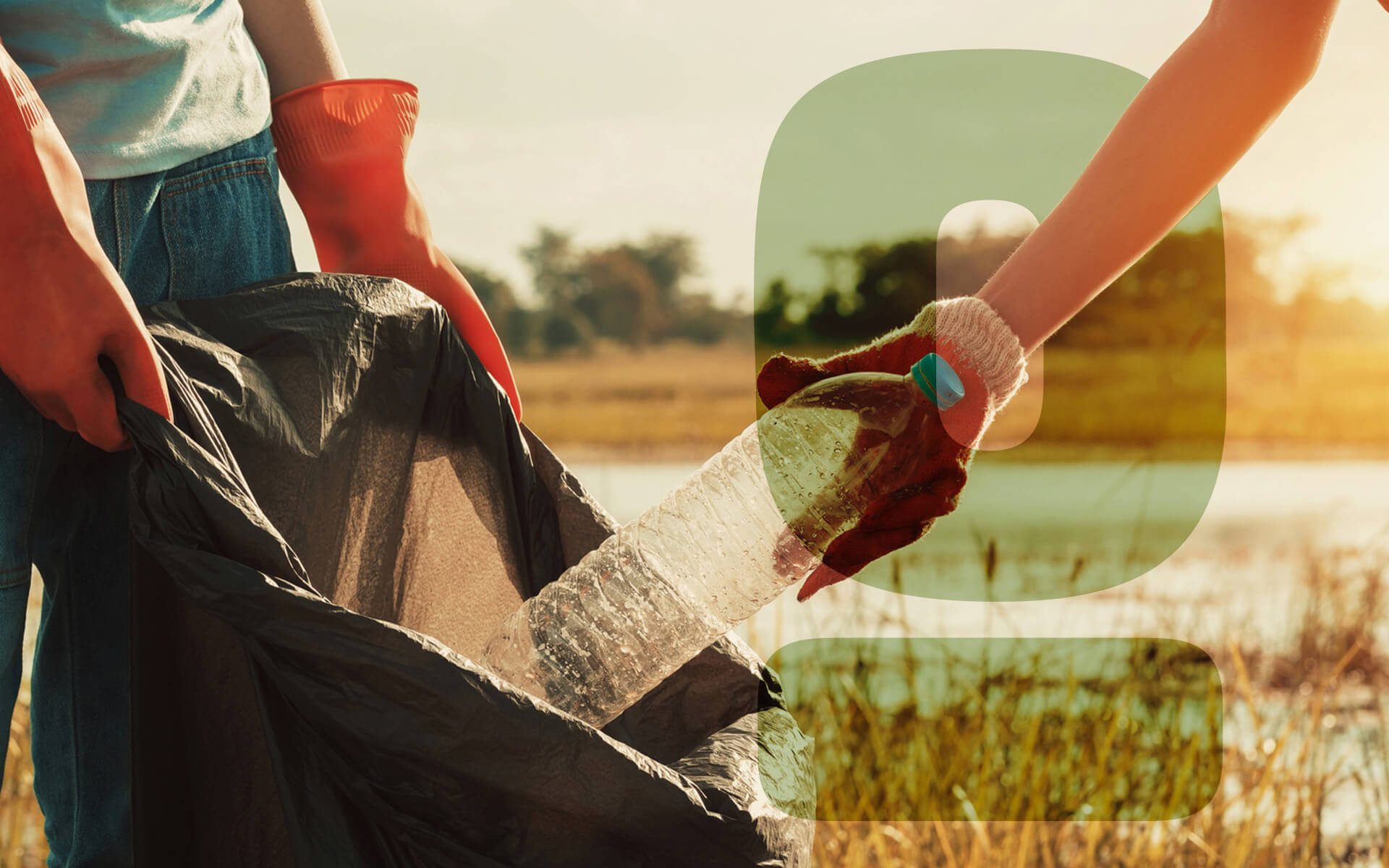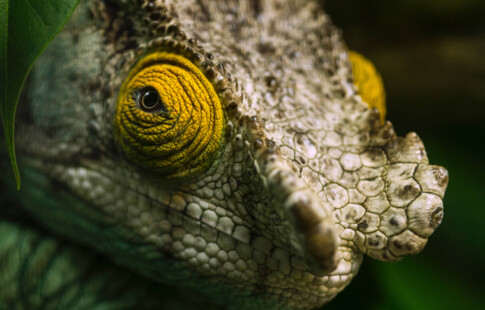
10 Endangered Species Solutions to Help Save Lives
We are reader-supported. When you buy through links on our site, we may earn affiliate commission.
Several species have gone extinct due to the action or inaction of humans. You don’t necessarily have to be in the field to help animals. You can implement many endangered species solutions from the comfort of your home or neighborhood. Everything you do for the benefit of the environment makes a difference, and you could be saving an endangered animal’s life — whether they live just outside your backyard or outside your country.
5 Hands-On Endangered Species Solutions
If you’re the type who likes to take matters into your own hands, these hands-on endangered species solutions will be a great fit for you. These initiatives can change your small community for the better and allow you to support the endangered species that may live near you.
1. Advocate for Conservation
You have no better way to make a difference in your community than to raise your voice. Advocate for the environment and conservation of your local community. Tell people why they should vote for representatives that have the environment’s best interests in mind. Make sure you vote in elections, too — both at the national and local levels. Your vote can change your community.
2. Change Your Maintenance Routine
How you care for your lawn can have a massive impact on your local habitats. Using pesticides can lead to contaminated water that your local wildlife then drinks. Ensure that you use eco-friendly sprays or no sprays at all — allowing your area’s natural plants to flourish can have a positive impact on your environment.
If you want to change the style of your lawn, consider going for a more natural approach. Prairie lawns are great alternatives to turf because they require fewer pesticides and less watering than standard grass that can die too easily. Having native plants in your yard can also provide food and shelter for wildlife that needs it in the colder months.
3. Make Your Home Wildlife-Friendly
You don’t have to bring wild animals into your home to make your domain a safe place for them. Wildlife may try to dig in your trash, so you should ensure that your garbage can lids are secured. Similarly, make sure to bring food bowls inside if you feed your pets outdoors.
Using water strategically on your property can also benefit your local flora and fauna. If you have a small pond, it could provide wildlife with a source of water when they can’t find any themselves. Additionally, they can make your property landscaping look more beautiful.
4. Clean Up Local Habitats
Litter is a problem everywhere, unfortunately. You can round up a group of friends or community members to clean up any trash you see. Make sure to dispose of the litter in a constructive way — rather than just throwing it out, check what needs to be recycled and how you can dispose of it more sustainably.
5. Create a Pollination Garden
Supporting the bees is one of the most crucial endeavors you could take on to boost your local ecosystem. Planting a pollination garden filled with flowers year-round can help bees pollinate and get food when they wouldn’t be able to otherwise, like in early spring before their usual food emerges.
Honeybees are endangered for many reasons, but parasites seem to be the biggest threat to them. Leaving bees with enough food in an environment where they can take shelter if needed could be a great way to allow them to survive — right up there with supporting your local beekeepers.
5 Ways to Support Endangered Species From Afar
Doing all you can for your community is a vital part of making a difference, but you can support species who need your help from afar, too. By undertaking these endangered species solutions, you can make a difference in the lands and oceans far away from your local community.
1. Donate to a Charity
Donating to a charity is a low-effort and efficient way to see the environment protected. Make sure you conduct thorough research on any charity you choose to support, as some are scams that seek your money with nothing in return. You can read over an organization’s values to see if they care for animals or seem like more of a front.
2. Buy Sustainably
Know what you buy when you buy it. Make sure you buy from local or responsible sources. In a grocery store, you can look for products with marks showing that they’re certified organic or animal welfare approved. As much as you can, try to cut out plastic. Instead of buying plastic water bottles for your family, consider investing in a reusable filter that will allow your household to drink from the tap without worry. Small changes can make a big difference, even when you’re grocery shopping.
3. Dispose of Waste Responsibly
When you throw things away, make sure they can’t be recycled or composted first. Composting most food is an organic way to provide your garden with fertilizer — without needing to rely on fertilizers that may be bad for the environment. Recycling, similarly, keeps items that don’t decompose naturally out of landfills.
Keep an eye out for anything you throw away or recycle that could endanger wildlife. If you purchase a six-pack of soda, for example, you should cut the plastic holder up, so no animal will find itself stuck in the rings. Try to look at things through the eyes of an animal, and you’ll start to see more issues than you imagined.
4. Symbolically Adopt an Animal
If a monthly payment to benefit an animal’s wellbeing sounds excellent for you and your budget, consider symbolically adopting a wild animal in need. Many of the animals you can adopt from various sources are endangered species, and with your sponsorship, you can provide food, shelter and safety for them. In return, you may get photos of them, information about the endangered species and a certificate to note that they belong to you.
5. Educate Yourself
Sometimes, the most significant difference you can make in the lives of flora and fauna, both local and worldwide, is to educate yourself to better advocate for them and teach others. Knowledge is power, and knowing just how you can help endangered species can influence others like you to make a change, too.
Support Wildlife Around the Globe
Remember, no task is too small. Whether you help out the plants and animals in your community or choose to sponsor and positively impact the lives of wildlife overseas, you’re making a difference and supporting the world you call home. Implementing these endangered species solutions can help you save lives and know you’re changing the world, one species at a time.
Share on
Like what you read? Join other Environment.co readers!
Get the latest updates on our planet by subscribing to the Environment.co newsletter!
About the author
Jane Marsh
Starting from an early age, Jane Marsh loved all animals and became a budding environmentalist. Now, Jane works as the Editor-in-Chief of Environment.co where she covers topics related to climate policy, renewable energy, the food industry, and more.





